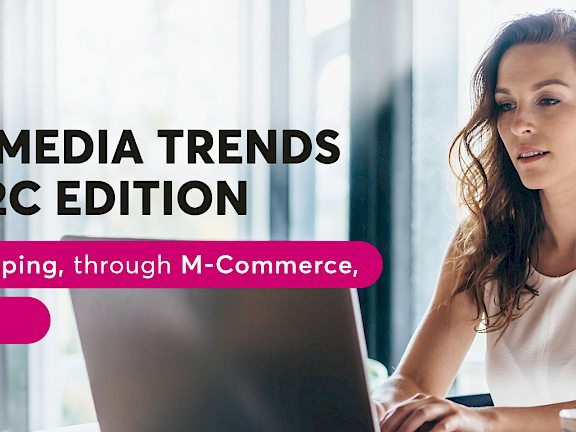Social Media Marketing Trends 2022 - B2C Edition From live shopping to m-commerce and TikTok
Social media and online marketing is no longer just an entertaining trend. This is probably not new to you. Every year strategies become more professional, new channels emerge and ways are found to increase end consumer engagement via omni-channel marketing. These are this year's digital marketing trends:



